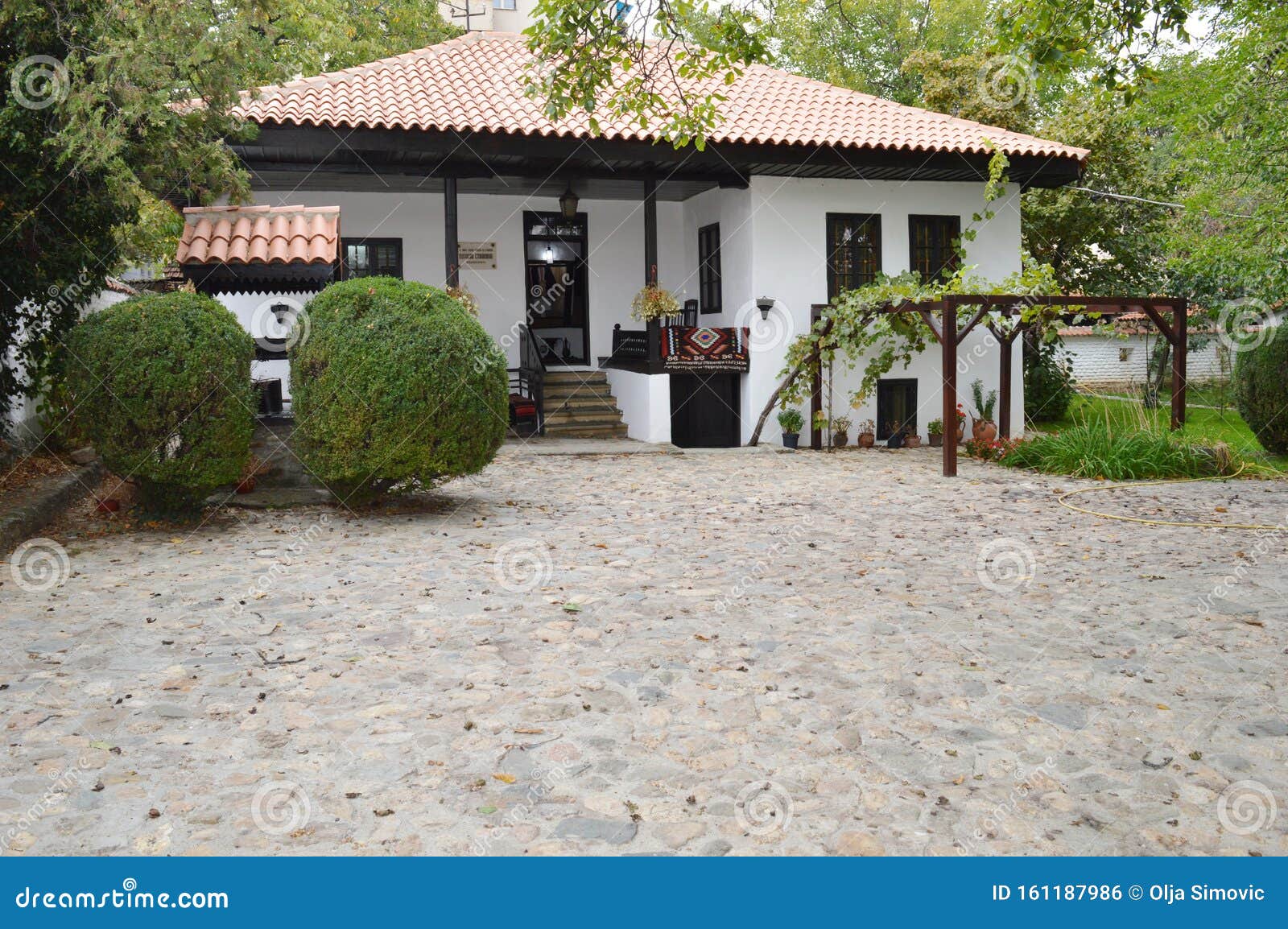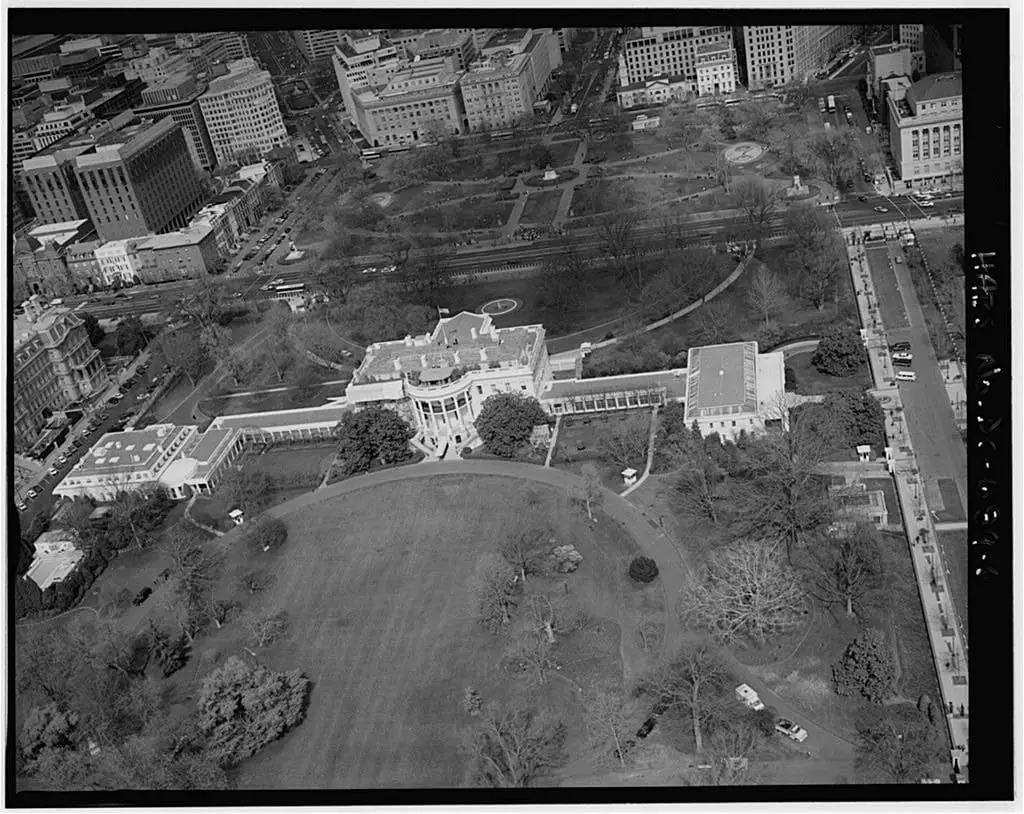Table Of Content

On August 24, 1814, British troops marched on Washington, DC, and burned the White House, the Capitol, and several other public buildings. Hoban returned to rebuild the residence, and while work was completed in 1817, he continued to work on additions for several more years. In 1824, he added the South Portico for James Monroe, and he constructed the North Portico for Andrew Jackson from 1829 to 1830. In 1842 the visit to the United States of the English novelist Charles Dickens brought an official invitation to the White House. After his calls at the White House door went unanswered, Dickens let himself in and walked through the mansion from room to room on the lower and upper floors.
Did Slaves Build the White House?
Unfortunately for Madison, British forces in Canada repelled the American invasion. Then, Britain struck back the following year with an invasion of America’s coast. Also two stories, the East Wing, meanwhile, contains office space for the first lady and her staff and features a covered entrance for guests during large events. The Situation Room, known officially as the John F. Kennedy Conference Room, is located in the West Wing basement and actually comprises several rooms.

Meet the Man Who Designed and Built the White House
Urban legend suggests that a rain storm arrived and saved the White House. While the wet weather saved the surrounding buildings from catching fire, it nearly destroyed the walls of the White House. The stone walls were incredibly hot from the fire and the cold rain caused them to shrink rapidly and crack. In August 1814, British forces marched into Washington, DC and burned all public buildings in retaliation for the destruction of York [now Toronto], Canada, the year prior.

East Wing
In retaliation for the American burning of York, Ontario the previous year, the British forces set fire to the White House, the Capitol, and other government buildings. The city of Washington DC (District of Columbia) was established on July 16, 1790, with the site chosen by inaugural president George Washington. Designer Pierre Charles L’Enfant created the map for the new city using inspiration from existing European cities like London, Paris, Madrid, and several cities in Italy. At the time, Washington DC was considered the geographic epicenter of the United States, though this would change during the lengthy era of Westward Expansion.
In addition to the Presidential Bedroom Suite, the second floor includes historic spaces, such as the Queens’ Bedroom, the Treaty Room, the Yellow Oval Room, the Center Hall, and the East and West Sitting Rooms. The central Executive Residence is home to the president’s living spaces and the State Rooms. The ground floor originally housed service areas, but now includes the Diplomatic Reception Room, the White House Library, the Map Room, the Vermeil Room, and the China Room.
What is the architectural style of the White House?
The bow is flanked by five bays, the windows of which, as on the north façade, have alternating segmented and pointed pediments at first-floor level. The bow has a ground-floor double staircase leading to an Ionic colonnaded loggia and the Truman Balcony, built in 1946.[33] The more modern third floor is hidden by a balustraded parapet and plays no part in the composition of the façade. Not long after the inauguration of President George Washington in 1789, plans to build an official President’s House in a federal district along the Potomac River took shape. A contest to find a builder produced a winning design from Irish-born architect James Hoban, who modeled his building after an Anglo-Irish villa in Dublin called the Leinster House.
NYC firefighter, 36, dies of heart attack after being fired to pay for migrants -- leaving his family with nothing
It is understood that the American people ‘own’ the house, and simply loan it to whoever they elect as president for the length of their term. As a result, the White House still frequently hosts members of the public for tours free of charge, except during times of war. When Thomas Jefferson moved into the house in 1801, he added low colonnades on each wing that concealed stables and storage. Successive presidents and their families have also made structural changes, and it is custom for presidents and their families to decorate the interior to suit their personal taste and style. While George Washington chose the site and design of the White House, he did not ever live in the residence. John Adams was the first president to live in the White House, moving in on November 1st, 1800.
How Did 3 People Seemingly Escape From Alcatraz?
Slaves who built the White House and other monuments wusa9.com - WUSA9.com
Slaves who built the White House and other monuments wusa9.com.
Posted: Thu, 27 Feb 2020 08:00:00 GMT [source]
In 2007, the White House was listed as the second favourite architecture in America by the country’s Institute of Architects. Lime-based white wash was originally applied shortly after the building was constructed to protect the porous sandstones. By President Jimmy Carter’s administration (1977–81), the paint was so thick that visitors couldn’t see the carving details above the windows and doors, or any of the beautiful molding.
The impressive and seemingly sturdy structure stands out among the dozens of makeshift shelters, tents and tarps that those without a home have constructed along the drainage basin, as filmed by local news station KTLA. It wasn’t until Hoban left Ireland and emigrated to America that he had a chance meeting with President George Washington in Charleston in 1791. The meeting led the American president to hire Hoban as the designer of the White House. Most people are familiar with the dogs that have lived in the White House – such as Bo and Sunny Obama, or President George W Bush and First Lady Laura Bush’s Scottish terriers, Barney and Miss Beazley.
This procession then evolved into the official inaugural parade we recognise today. The West Wing also houses the Situation Room, the Cabinet Room, the Press Room, and offices for advisors and the chief of staff. Additional offices for the president’s staff are located in the Eisenhower Executive Office Building.
Under Harry S. Truman, the interior rooms were completely dismantled and a new internal load-bearing steel frame was constructed inside the walls. This map illustrates the movement of enslaved laborers who were sent to Washington, D.C. Because the capital did not have a large population at the onset of the initial construction, the commissioners hired out enslaved people from a variety of slave owners in Maryland, Virginia, and the District of Columbia. By conducting genealogical research, this map tracks the general location of the slave owners and where the enslaved people would have traveled from to work in the District. Although some locations are exact, most are estimated based on county and church and census records. If you have any additional information about anyone on this map, please reach out to
In December 1791, the federal government purchased a stone quarry belonging to the prominent Brent family on Wiggington’s Island in Stafford County, Virginia. As these building materials were produced and gathered, laborers constructed the building under the watchful eye of foremen and overseers. Throughout the construction, most unskilled laborers earned around $0.31 per day. In fact, many slave owners who appear in the surviving documentation came from southern Maryland, specifically Prince George’s, Charles, St. Mary’s, and Calvert Counties. Each of these counties had convenient access to the Potomac River, making it easy to transport enslaved people upriver to work on federal construction projects like the White House. Since the commissioners were wealthy landowners themselves, it is likely they communicated with other landowners to create a network of enslaved labor.
At the urging of President Madison, Congress decided to rebuild the public buildings in Washington rather than move the capital to another city. James Hoban returned to reconstruct the Presidents House as it had been before the fire. The weakened walls were dismantled to the basement level on the east and west sides and on the north except for the central section.

No comments:
Post a Comment